🦀 PT Crab Issue 112 - Tulio, the hip, the hip!
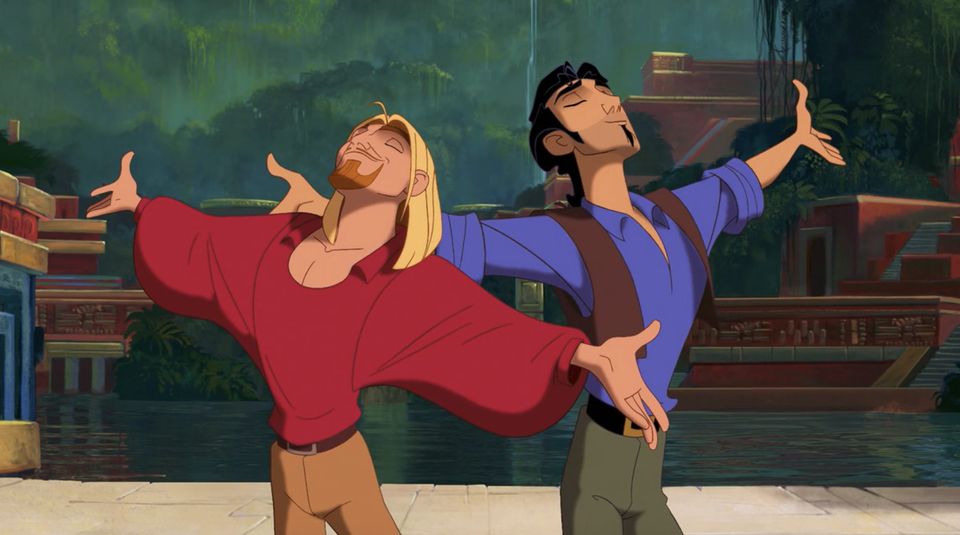
Happy Halloween! This week we’re going back to basics with a deep dive into the kinesiology of the hip and even get into the devious, controversial, VMO. We’re looking into which muscles pull where (and where they surprisingly don’t). King Crab supporters are also looking more deeply into what affect these biomechanics can have on other joints in the lower extremity and some surprising info about VMO. Become a supporter for just $5/month here. It’s a back to basics edition of PT Crab and I don’t have any more fluff, so let’s dive in!
Wait, one more thing. I mussed up the link to the resource about pronouns and the language around being transgender last week. Here’s the correct one.
And you can get all of their fact sheets here: https://pediatricapta.org/fact-sheets/
There are no internal rotators
The Gist - Okay, that’s obviously not true, but there aren’t any primary internal rotators of the hip at least. That’s what Donald Neumann determined from his deep dive into this topic for a clinical commentary in JOSPT a few years ago. He looked into a bundle of cadaveric research to create some great graphics and information about the roles of every muscle in the hip complex. It’s a dive twice as deep as I’ve seen anywhere else and it’s well worth your time. But obviously I’m going to summarize it because that’s what I do. Though I’ll warn you that the majority of what is elucidated here is from the study of one male cadaver with info from elsewhere sprinkled in. I’m not going to list out every muscle action, that’s what the paper is for. Rather, I’m just going to highlight some interesting info and let you dig into the rest.
For example, the hip flexor section is quick to point out that the major hip flexors are multi-joint muscles and thus the abdominals become essential in resisting an anterior pelvic tilt. This also points out why someone with weak abs may have excessive anterior pelvic tilting. Indeed, the abs have been shown to activate prior to psoas major when flexing the hip. And, taking the paper the step deeper that I love, Neumann also notes that tension in the secondary hip flexors, like adductor breves, gracilis, and glute min, could cause excessive lumbar lordosis too.
The paper takes similar dives into extensors, internal and external rotators, and ad/abductors too, so look there for more.
Tell Me More - Since I found internal rotation so specifically interesting, I’m going to dive into that topic more deeply here. Based on angle of pull in anatomical position, there are no primary internal rotators of the hip. That’s not the primary role of any muscle. The secondary ones are glutes med and min, TFL, adductors longus and brevis, pectinues, and adductor magnus. Additionally, computer-based study has demonstrated that many primary external rotators, like piriformis and the gemelli, become internal rotators when the hip is flexed >90°. Meanwhile, the glute med becomes a strong internal rotator when the hip is at 20-25°.
I had trouble coming to terms with the lack of primary internal rotators until I thought about athletic motions, like spinning while dribbling a basketball or cradling a lacrosse ball. One doesn’t often plant the right leg in front and spin to the right. It’s possible, but it takes momentum from the left side. Rather, it’s natural to plant the right leg and spin back to the left. This image helped me process the information.
Clinical speaking, the ER bias with hip flexion relates to crouch gait in CP. Their flexed hips causes the IR capability of their rotators to be emphasized, resulting in the typical internally rotator hips.
I don’t have space to go into other directions here, but if you treat hips this paper is a gold mine. Highly recommend.
Paper? Yuppers.
From the Archive: Quick! Draw the curvature of the spine from a sagittal view.
The Gist - Don’t worry, I’ll wait. Did you do it? Without cheating?
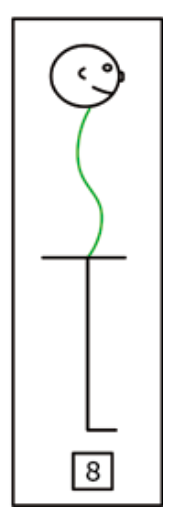
Does it look like this?
Congratulations! You bettered 70% of the general population and 37% of healthcare providers. Good on ya! That’s what this first study was about, whether regular people could draw the curvature of the spine correctly. You won’t be surprised to hear that they can’t, but you may be surprised to know just how poorly they did. 70% of people drew an incorrect shape and even fewer selected it from a collection of drawings, just 21% could do that. Those are pretty low levels of body literacy. As a pre-test, the researchers also asked healthcare providers to perform the activity and they didn’t do too well either. Just 63% of them drew correctly. Ouch.
Tell Me More - The way the study was designed, more weight was given to correctly drawing the lumbar lordosis than getting the cervical and thoracic portions right, so people possibly did even worse than how they were represented. The goal of the study was to develop and evaluate a reliable measure of sagittal spine literacy since so many people have spinal pain and good posture is important to improving it. Understanding what the spine looks like and what it’s doing is important to being a healthy owner of one. Unsurprisingly, the participants in the study who were better at drawing the spine also had less spinal pain. If you don’t educate on this in your clinic already, ensure that you do from now on.
Paper? Sure thing. Open access here.
And that’s our week! Please consider supporting PT Crab by becoming a King Crab member here. And do share with friends, that’s great support too!
Here’s this week’s bibliography:
- Neumann, D. A. (2010). Kinesiology of the Hip: A Focus on Muscular Actions. Journal of Orthopaedic & Sports Physical Therapy, 40(2), 82–94. https://doi.org/10.2519/jospt.2010.3025

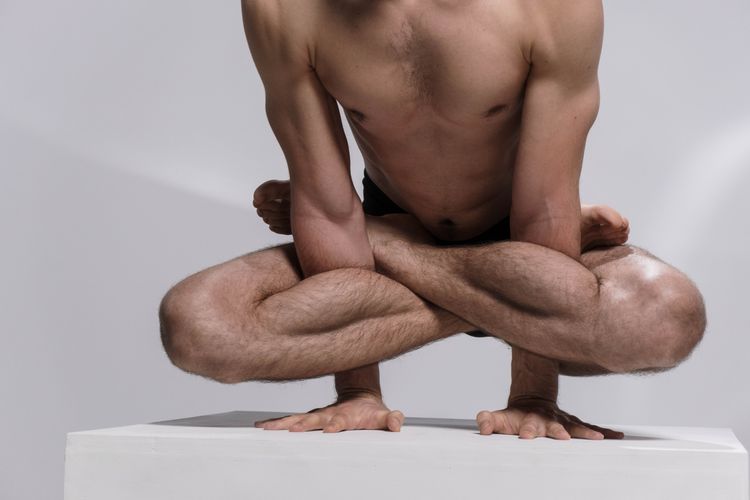
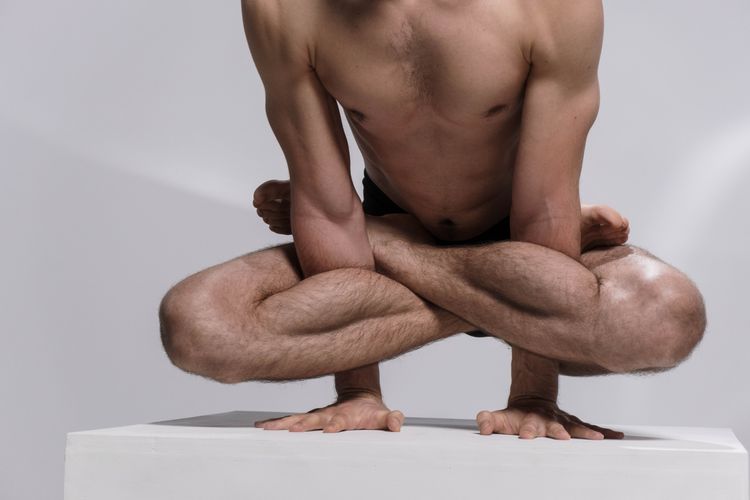

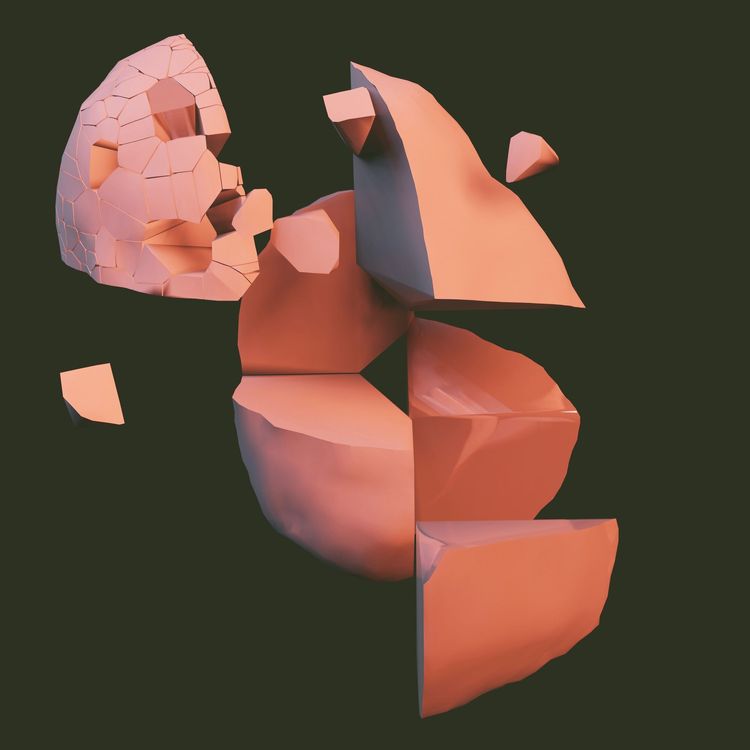
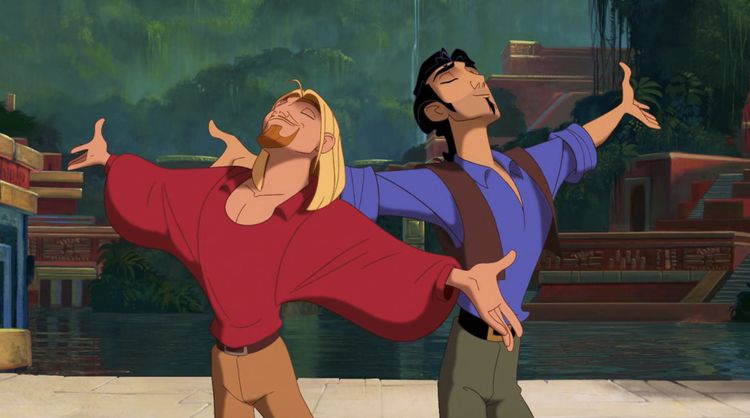
Comments
Want to leave a comment and discuss this with your fellow PTs? Join PT Crab and get summarized PT research in your inbox, every week.